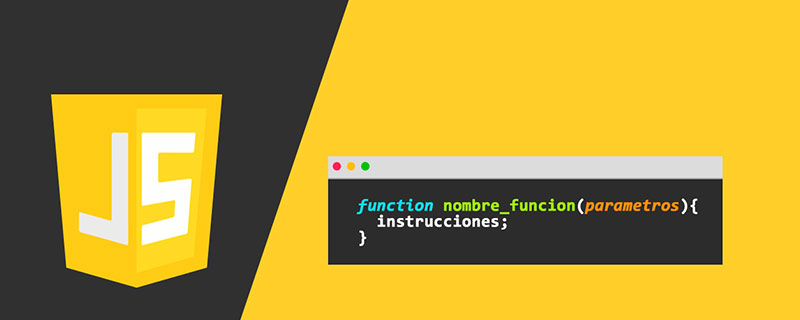
The Jquery on() method is to add one or more event handlers on the selected element and child elements. Its usage syntax is "$(selector).on(event,childSelector,data,function )".

The operating environment of this article: windows7 system, jquery3.2.1 version, DELL G3 computer
What is the usage of Jquery on()?
The on() method adds one or more event handlers on the selected element and sub-elements.
Since jQuery version 1.7, the on() method is the new replacement for the bind(), live(), and delegate() methods. This method brings a lot of convenience to the API and is recommended because it simplifies the jQuery code base.
Note: Event handlers added using the on() method apply to current and future elements (such as new elements created by scripts).
Tip: If you need to remove the event handler, use the off() method.
Tip: If you need to add an event that only runs once and then remove it, use the one() method.
Syntax
$(selector).on(event,childSelector,data,function)
Parameters
event Required. Specifies one or more events or namespaces to be added from the selected element.
Multiple event values are separated by spaces or can be an array. Must be a valid event.
childSelector Optional. Specifies that event handlers can only be added to specified child elements (and not the selector itself, such as the deprecated delegate() method).
data Optional. Specifies additional data to be passed to the function.
function Optional. Specifies a function to run when an event occurs.
Example:
Add a click event handler to the
element:
$(document).ready(function(){
$("p").on("click",function(){
alert("段落被点击了。");
});
});Recommended learning: "jquery video tutorial"
The above is the detailed content of What is the usage of Jquery on(). For more information, please follow other related articles on the PHP Chinese website!